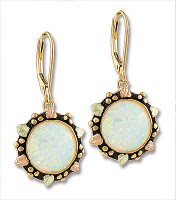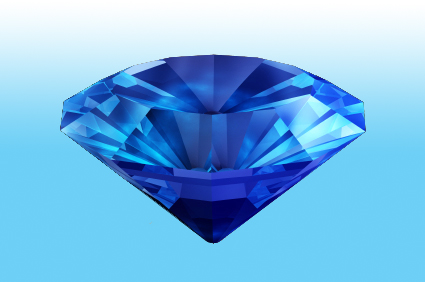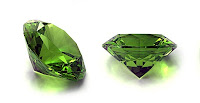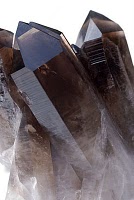APPEARANCE OF THE OPAL
The Opal has no crystalline structure, as do most gemstones, but instead is comprised of varying sizes of minute, spherically grouped chains of silicon and oxygen. The more precious the Opal, the more organized the groups of spheres and the more consistent their sizes. This resulting structure creates a changing play of colors as light is dissected and diffracted through the spheres at different wavelengths creating all the colors of the rainbow. It is this colorful, translucent appearance that gives us the term “opalescence”.
HISTORY OF THE OPAL
Almost 95% of all Opals come from Australia, where billions of years ago a vast sea which covered Continue reading




